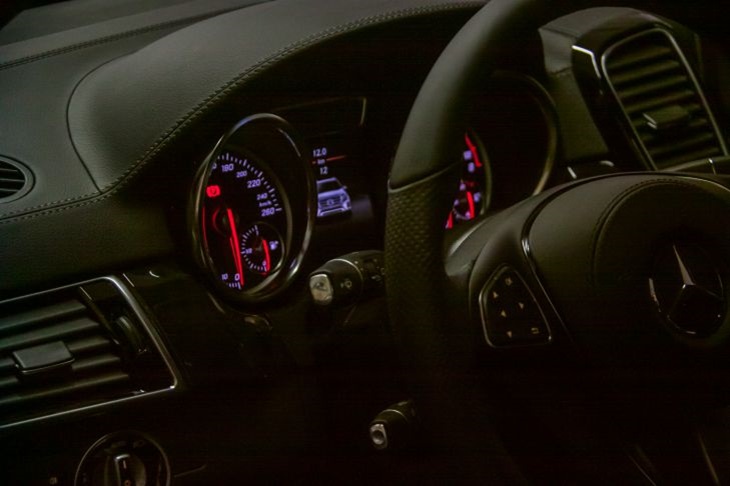There are some reliable tips that will help you drive more, but visit the gas station less often.
These recommendations are primarily relevant for the winter season.
Motor oil
Operating instructions most often state that you should use oils of “classic” viscosity: 0W-20, 5W-30, 5W-40.

But practice shows that 0W-30 is much better for winter. Moreover, this option is relevant for any season.
As for winter, “zero” oil spreads better than 5W viscosity oil even at extreme sub-zero temperatures.
Why is 0W-30 better than "twenty"? Excellent fluidity is maintained even in extreme frosts, it retains its qualities longer, which allows you to change it less often.
In addition, 0W-30 has more pronounced energy-saving properties, which allows you to save fuel in winter even with an urban and sporty driving style.
Air filter
A dirty air filter is said to be the reason for a 10% increase in fuel consumption. If the consumable has "run" 30 thousand km, then it is time to change it.
Warm up
Warming up the engine in winter is not a useless habit, but a necessity. It does not take much time.
While the car is warming up, you can brush the snow off the roof, remove the ice from the windshield wipers, and slowly drive out.
Tire pressure
Tyre pressure drops as the outside temperature rises, increasing rolling resistance and, as a result, consuming more fuel.
It is necessary to maintain the pressure in an optimal state. Recommendations on this matter are given by the manufacturer in the car manual.
Heater and "ballast"
In winter, your hand just reaches out to turn the heater to the maximum. But it’s better not to do this if it’s not that cold outside.
And finally, it’s worth inspecting the trunk and getting rid of unnecessary things.
If there is no need for a roof rack, it is better to remove it. This will save up to a liter of fuel per 100 km when driving on the highway.








